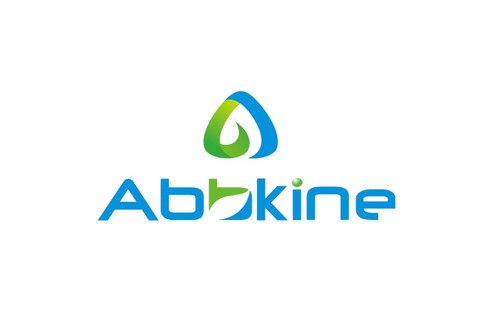Product Description
Human Amiloride-sensitive sodium channel subunit beta (SCNN1B) ELISA Kit | AE20495HU | Abebio
Species Reactivity: Human (Homo sapiens)
Abbreviation: SCNN1B
Alternative Name: hCG_23853; BESC1; ENaCb; ENaCbeta; SCNEB; amiloride-sensitive sodium channel subunit beta|epithelial sodium channel beta-2 subunit|epithelial sodium channel beta-3 subunit|nasal epithelial sodium ch
Application: ELISA
Range: 0.312-20 ng/mL
Sensitivity: 0.107 ng/mL
Intra-Assay: ≤6.9%
Inter-Assay: ≤8.8%
Recovery: 1, 04
Sample Type: Serum, Plasma, Other biological fluids
Detection Method: Sandwich
Analysis Method : Quantitive
Test Principale: This assay employs a two-site sandwich ELISA to quantitate SCNN1B in samples. An antibody specific for SCNN1B has been pre-coated onto a microplate. Standards and samples are pipetted into the wells and anySCNN1B present is bound by the immobilized antibody. After removing any unbound substances, a biotin-conjugated antibody specific for SCNN1B is added to the wells. After washing, Streptavidin conjugated Horseradish Peroxidase (HRP) is added to the wells. Following a wash to remove any unbound avidin-enzyme reagent, a substrate solution is added to the wells and color develops in proportion to the amount of SCNN1B bound in the initial step. The color development is stopped and the intensity of the color is measured.
Product Overview: The epithelial sodium channel (short: ENaC, also: sodium channel non-neuronal 1 (SCNN1) or amiloride sensitive sodium channel (ASSC) ) is a membrane-bound ion-channel that is permeable for Li+-ions, protons and especially Na+-ions. It is a constitutively active ion-channel. It is arguably the most selective ion channel. Nonvoltage-gated, amiloride-sensitive, sodium channels control fluid and electrolyte transport across epithelia in many organs. These channels are heteromeric complexes consisting of 3 subunits: alpha, beta, and gamma. This SCNN1b encodes the beta subunit, and mutations in this gene have been associated with pseudohypoaldosteronism type 1 (PHA1), and Liddle syndrome.
Stability: The stability of ELISA kit is determined by the loss rate of activity. The loss rate of this kit is less than 5% within the expiration date under appropriate storage condition. The loss rate was determined by accelerated thermal degradation test. Keep the kit at 37°C for 4 and 7 days, and compare O.D.values of the kit kept at 37°C with that of at recommended temperature. (referring from China Biological Products Standard, which was calculated by the Arrhenius equation. For ELISA kit, 4 days storage at 37°C can be considered as 6 months at 2 - 8°C, which means 7 days at 37°C equaling 12 months at 2 - 8°C) .
 Euro
Euro
 USD
USD
 British Pound
British Pound
 NULL
NULL








